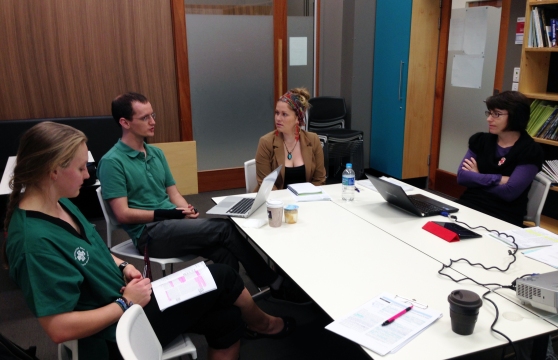Last time we talked about writing good Abstract, Introduction, and Method sections. In this post, we synthesise the criteria of good Results and Discussion section.
By: Hao Ran Lai
Results
1. Report findings only, do NOT discuss (that is for later)
2. A results section needs to be mostly text & narrative, using figures and tables to help readers make connections and to provide evidence for your statements. A results section should never just be a list of tables & figures with no or little connecting text. Continue reading



